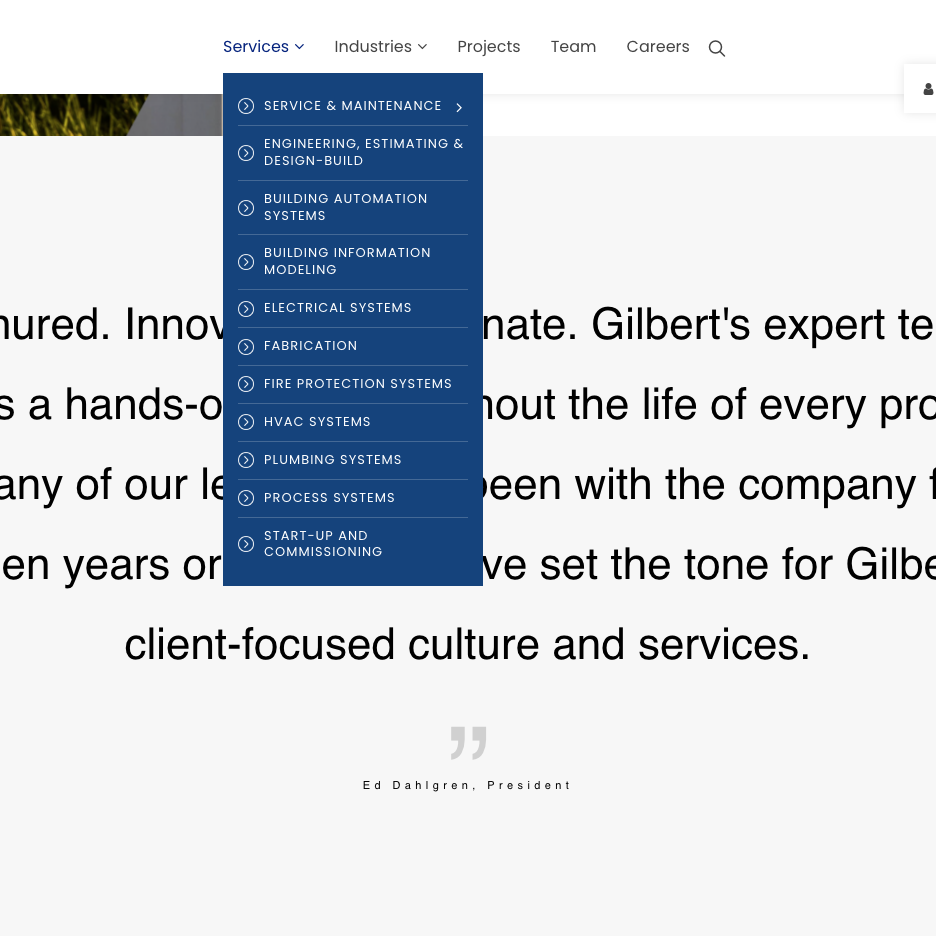Sometimes it can feel like we live in a pretty negative world – and if you watch the news, it seems like it is getting more negative by the day. We see all the terrible things going on around us, and it grinds us down.
But what if things weren’t really as bad as it seems? What if this was a trick that your brain was playing on you?
Your brain is conditioned from birth to see the negative and overlook the positive. While we are constantly seeking positives and rewards, we are always fighting our brains and our nature. This all sounds very negative itself, but there is some silver lining out there.
Why Does Your Brain Go Negative?
Before looking for the solution, it is a good idea to look at why our brains seem to automatically see the world through a negative lens. According to Loretta Breuning of the Inner Mammal Institute:
- Chemistry Hurts – Our body is made up of a variety of chemicals. Some are good, some are not so good. Chemicals such as dopamine, serotonin, and oxytocin fall into the category of “happy” chemicals and create senses of pleasure or satisfaction. Our body releases these in short spurts only, which are metabolized quickly. This pushes us to keep seeking way to stimulate these chemicals. On the opposite end of the spectrum is cortisol, a chemical that surges to connect all the neurons active at a single moment, causing the feeling of pain. It’s effective – it motivates you to focus on the cause of the release and work to make it stop. Unfortunately, this comes at the cost of not noticing much else except the solution to stop the pain or discomfort.
- We are Surrounded by Triggers – Our ancestors were surrounded by dangers, and so are we – albeit of different strains. While they may have had to worry about wild animals, we are more worried about disappointment or failure. Either way, your brain soon learns what to associate with good, and what to associate with bad.
- Our Brains Learn from Pain – Your mind remembers what triggers that shot of cortisol, and it learns to scan for that trigger. This is necessary to help us avoid dangers, but also means the brain focuses only on the negatives we come across. Someone who is allergic to bees will constantly be scanning for bees. So they might not notice the beautiful patch of flowers that surrounds the single buzzing bee.
- The Difficulty of Being Social – We are an inherently social species, which brings its own set of difficulties. We are constantly comparing ourselves to others, which can lead to a constant back-and-forth of serotonin and cortisol. When our brain sees we are in a position of weakness, we get a dose of cortisol. When it sees we are in a position of dominance, we get a shot of serotonin. The serotonin is processed faster, meaning we then need to try again for the social reward. There’s a flip-side to this – we also need social support. Our brain seeks safety in the herd, and releases oxytocin when we find safety in social support. But when we move away from the herd and safety, or when the herd itself is threatened, it releases cortisol in alarm. So your brain is sending mixed signals – you may feel safe in the herd and get oxytocin, but at the same time find yourself in a position of weakness, releasing the cortisol. This will cause mixed feelings, and can lead to anxiety in social settings.
Retraining Your Brain
The good news is that you can retrain your brain to look for positives in your everyday life. There are a few methods to try – choose one, or try all of them to find what works best!
Build a Positivity Circuit
Three times a day, every day, spend one minute looking around specifically for positives. This helps to retrain your brain, making it look for positives in the same way it looks for negatives. While Dr. Breuning recommends you do this for forty five days, there really is no reason to stop after that.
The hope is that you’ll retrain your brain that it will automatically search for those positives after that time period. This may be a little ambitious, and if you find that your brain isn’t kicking in to find those positives, keep actively looking for them until it does.
Give Positive Feedback Every Day
Let people know that you are recognizing positives, no matter how recent they are. This could mean taking a minute and saying thank you to the co-worker that helped you on a project. It could mean digging up an old mentor, such as a college professor or high school teacher, and thanking them for advice they may have given that you now use every day.
Learn How To Pivot
If you find yourself thinking negatively, stop and think about where you would find yourself if you turned 180 degrees from this way of thinking. In her piece, Dr. Breuning puts forth the Dog Poop example.
For the longest time, people didn’t clean up after their pets, so there was dog poop everywhere. Now that it is common that people pick up after their dogs, we don’t think about the fact that we aren’t dodging dog poop land mines at every turn. We do, however, notice when people fail to pick up, and it often triggers some outrage.
Instead of getting mad and focusing on the negative – the dog poop that is there – think about the positive. Focus on the fact that 99% of the people are picking up after their dogs.
Pay It Forward
We’ve all heard about those “pay it forward” moments at Starbucks or McDonald’s, but you don’t need to shell out to the fast-food chains to achieve this. Just perform small acts of kindness that will help other people. Helping others or making others feel good will boost your own positivity.
Take Care of Yourself
Your health can impact your outlook. If you are eating well, sleeping well, and exercising appropriately, you are more likely to have a positive outlook. This isn’t just an old wives tale either – while they haven’t pinpointed the exact reason why it is, universities such as Johns Hopkins and the University of Kansas have noted this link. Take an honest, critical look at how you treat your body and what you put in it.
Release Your Inner Negativity
Center your thoughts on things that make you happy, helping to direct your mind toward the positive. Constant negativity and habitual skepticism will influence your decisions, and keep you in a constant negative loop.
So let it go. Stop letting negatives drag you down and limit your potential. Control your thoughts, centering on things that make you happy. If you start feeling frazzled, stressed, or distracted, calm your mind and slow down. Even pause what you are doing, if only for a moment, and clear your mind of negative thoughts. Then, get moving again on the right foot.
Bring Positivity into the Present Moment
By practicing mindfulness – and making a habit of it – you stop your subconscious mind from doing the driving. Having your conscious mind drive decisions will help you to focus your thoughts towards a more positive, balanced approach. A great way to do this is by asking yourself question, such as:
- What can I do right now that will give me joy?
- What am I grateful for at this moment?
- Is there something I can do to give someone else happiness right now?
- How can I demonstrate gratitude?
By retraining your brain to go positive instead of negative, you can change your outlook on life. You will feel better and you will likely see improvements in your social and professional life. As noted here, there have been numerous studies on the effects of positivity, with effects of positivity ranging from improved immune response to a virus to being able to perform better at your job.
It may seem negative to tell you that you won’t see changes overnight, but that’s simply reality. You’re fighting against centuries of bred instincts and evolved chemical systems. But you will see changes and, over time, you will be able to train your brain to look for the positives in life.












